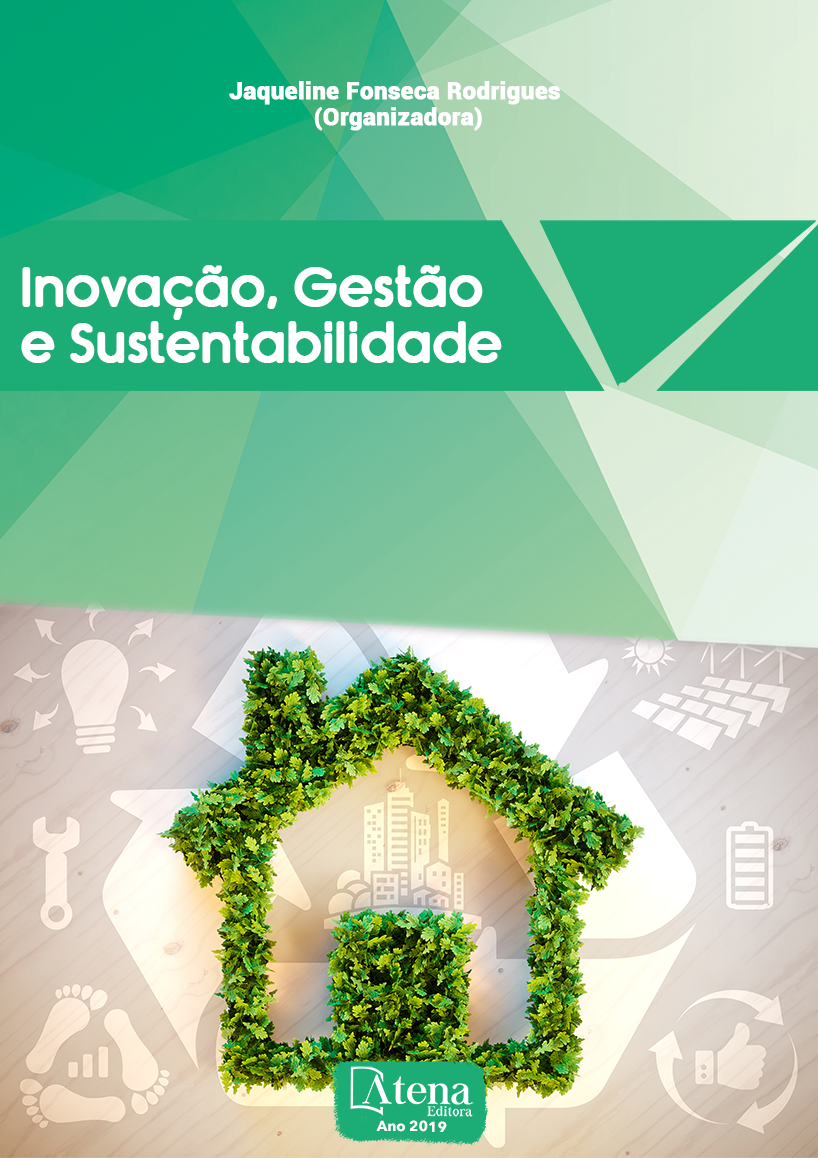
ANALISE FISICO-QUIMICA E BACTERIOLÓGICA DA ÁGUA DA BACIA HIDROGRÁFICA DO RIO BACANGA, SÃO LUÍS – MA
A bacia é composta por diversas
sub-bacias, tendo o rio Bacanga como principal
componente, com sua nascente no bairro do
Maracanã com 22km da barragem. Além do rio
principal existe o rio Gapara e das Bicas ambos
são os mais importantes. O Bacanga possui
perímetro curto, tendo pouca influência de
água doce. (MMT, 2007). O objetivo geral deste
trabalho foi analisar a significância dos resíduos
na poluição e contaminação de recursos
hídricos, identificando as inconformidades e
ações sustentáveis do ponto de vista ambiental
desses lugares. A coleta para análise físicoquímica
e bacteriológica, foi realizada no
dia 10 de setembro de 2018 e a influência
em relação a determinação dos pontos, foi a
significante quantidade resíduos sólidos, que
influenciava na passagem de luz solar pontual,
além da proximidade com área habitacional e a
presença de pontos pontuais de lançamentos de
efluentes. Ao analisar os parâmetros exigidos
pela CONAMA Nº430, de 13 de Maio de 2011 e
o resultado do aspecto físico-químico concluiu
que ambos pontos não estão de acordo com
os parâmetros exigidos e bacteriológico da
água, amostra de água analisada do primeiro
ponto apresentou qualidade insatisfatória,
e o segundo ponto resultou em qualidade
satisfatória, portanto atendeu aos padrões
permitidos pela legislação vigente.
ANALISE FISICO-QUIMICA E BACTERIOLÓGICA DA ÁGUA DA BACIA HIDROGRÁFICA DO RIO BACANGA, SÃO LUÍS – MA
-
DOI: 10.22533/at.ed.0471918067
-
Palavras-chave: Bacia do Rio Bacanga, Contaminação, Parâmetros, Análises Físico- Química e Bacteriológica.
-
Keywords: Bacanga River Basin, Contamination, Parameters, Physical-Chemical and Bacteriological Analyzes.
-
Abstract:
The basin is composed of several
sub-basins, with the Bacanga river as the main
component, with its source in the Maracanã
neighborhood, with 22km of dam. Besides the
main river there is the river Gapara and the
Bicas both are the most important. Bacanga
has a short perimeter with little freshwater
influence. (MMT, 2007). The general objective
of this work was to analyze the significance of
the residues in the pollution and contamination
of water resources, identifying the nonconformities and sustainable actions from the
environmental point of view of these places. The collection for physical-chemical and
bacteriological analysis was performed on September 10, 2018 and the influence in
relation to the determination of the points was the significant amount of solid residues,
which influenced the passage of punctual solar light, besides the proximity to the
area and the presence of occasional points of effluent releases. When analyzing
the parameters required by CONAMA No. 430, of May 13, 2011 and the result of the
physicochemical aspect concluded that both points are not in accordance with the
required parameters and bacteriological of water, water sample analyzed from the first
point presented poor quality , and the second point resulted in satisfactory quality, thus
meeting the standards permitted by current legislation.
-
Número de páginas: 15
- Marília da Cruz dos Santos
- Sinara de Fátima dos Santos
- Ana Beatriz Silva Da Costa
- Andressa Bianca Paz Camara
- Glauber Tulio Fonseca Coelho
- LARA RITA ALBUQUERQUE CAMARA


